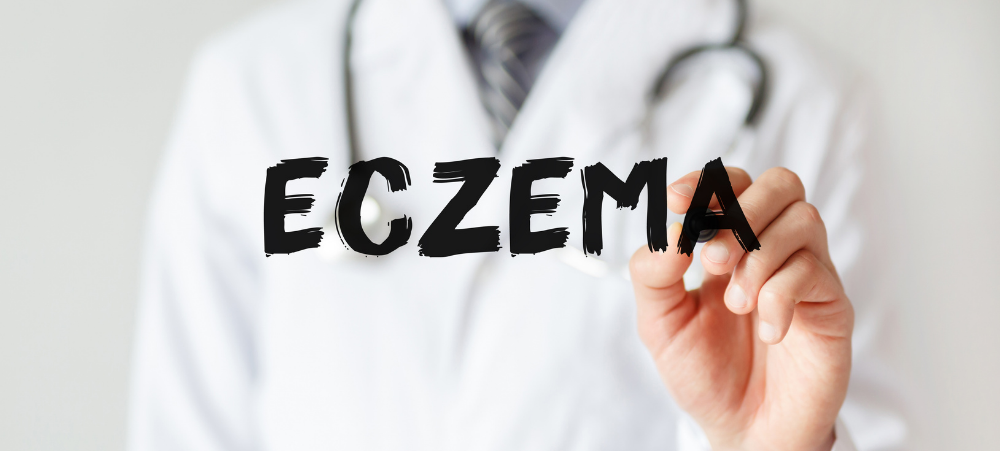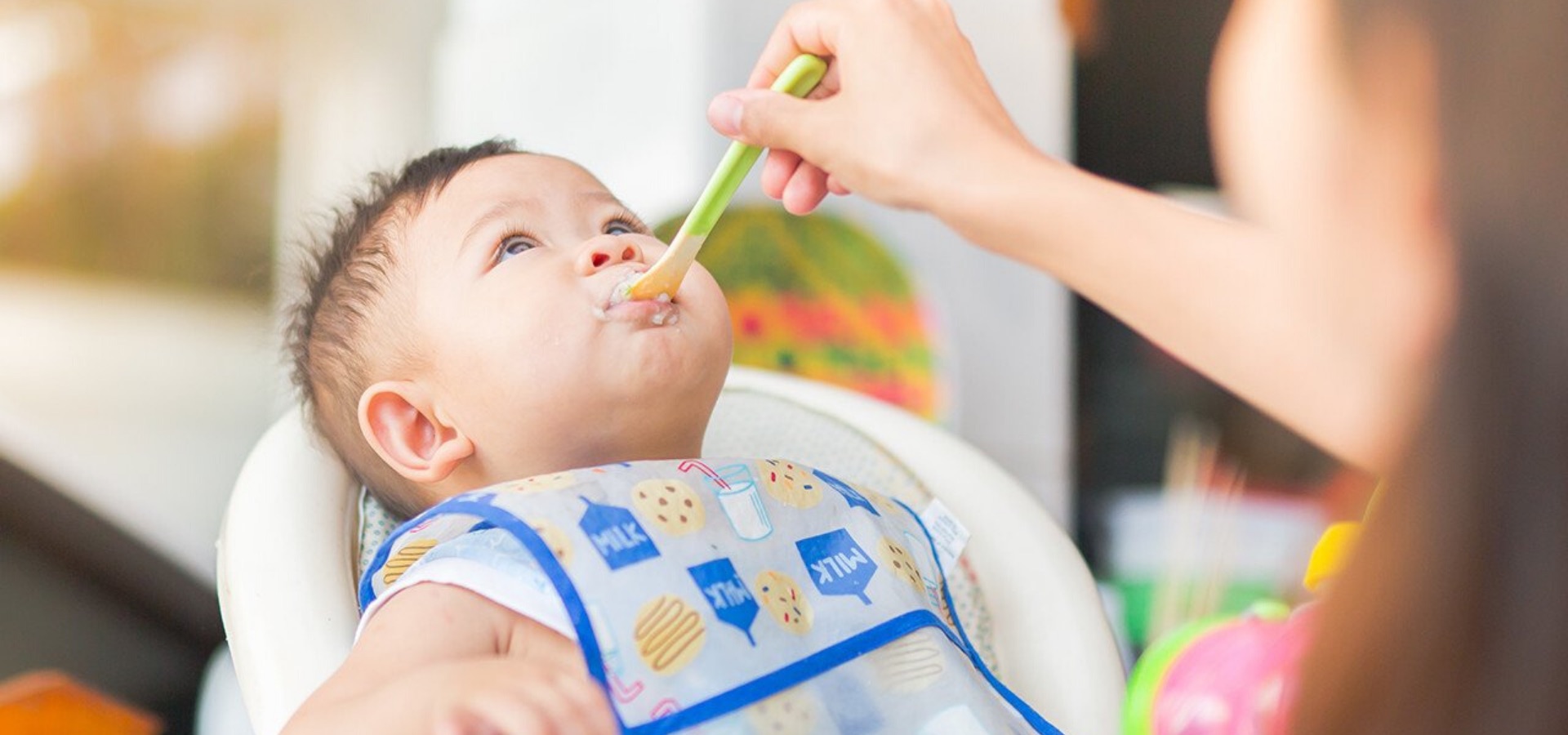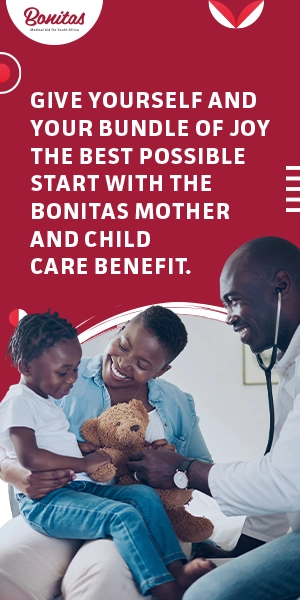
Home-based care – there is no place like home
The shift towards home-based care was accelerated by the Covid pandemic. Although not necessarily always possible for Covid patients, the benefits of home-based care vs hospitalisation have been highlighted for both patients and their families for several procedures and illnesses. Dr Morgan Mkhatshwa, Head of Operations at Bonitas Medical Fund, says the Scheme has a renewed focus on home-based as an alternative to in-hospital care, without compromising the health of its members. What is home-based care? It’s defined as the provision of health services, by healthcare practitioners and formal and informal caregivers, in the home. Home-based care is to promote, restore and maintain a patient’s maximum level of comfort, function and health, including care towards a dignified death. It can be classified into preventive, promotive, therapeutic, rehabilitative, long-term maintenance and palliative care categories. When is home-based care appropriate? Post-operative care – after a surgery or procedure so that you gain your independence and become as self-sufficient as possible Generalised illness – when you are ill enough to be admitted to hospital but can be treated at home by healthcare practitioners Palliative care – when you have life-limiting illnesses and the focus is on the relief of symptoms, pain and stress. Some patients may also receive therapeutic treatment. The primary benefit of home care is that you are in a space which is familiar and usually surrounded by loved ones. This is beneficial not only for those recovering from a disease or needing palliative care but especially those who have cognitive diseases such as dementia. The alternative to hospital strategy (ATH) Dr Mkhatshwa says, ‘Hospital-at-home enables some patients who need acute-level care to receive care in their homes, rather than in a hospital. This care delivery model has shown to reduce costs, improve outcomes and enhance the patient experience. The need for home-based care is not only because of the cost of hospital care but a shortage of beds, nursing staff and other healthcare professionals, particularly in the public sector.’ ‘Bonitas is constantly looking for ways in which to minimise contributions and add value for members. It is common knowledge that hospitalisation costs are the main cost driver for all medical schemes. Even with 24-hour professional care at home the costs are far less. Most medical aids will pay for nursing care at home For this reason, Bonitas’ partnered with Quro Medical, an innovative South African digital health company, to provide patients with active treatment by healthcare practitioners at home. The technology-enabled hospital-at-home service brings all the essential elements of in-hospital care to the patients’ home, without moving away from evidence-based protocols and state-of-the-art vital sign monitoring. Patients are monitored wirelessly, automatically and continuously to enable early identification of significant clinical change or deterioration. In fact, research has shown that, ‘patients admitted in the home programme were less likely to return to the hospital within 30 days of their discharge’. ‘The partnership also offers earlier and safer relocation to the home,’ says Dr Mkhatshwa’ home-based care is offered to all members, subject to pre-authorisation and Managed Care protocols. ‘It’s important to note that the treating doctor remains at the centre of the patient’s care. While patients who are medically stable may qualify for home-based care, each and every one is different and their response to hospitalisation and/or surgery differs. This means each request has to be reviewed carefully to ensure we provide quality care to deliver the best possible health outcome for the patient.’ The advantages of home-based care Health care at home, in a comfortable environment, improves patient participation in treatment. Having family members and loved ones participating in the care of a loved one – such as helping with bathing, feeding – makes a significant difference in the outcome. Personal attention Hospitals, out of necessity, have strict rules so instead of the patient adjusting to these, they can be at home, amongst family and in familiar surroundings. Nursing sisters or carers come to the home for a few hours a day, full time or when the need arises There are no visiting hours and the patient is the primary focus of the caregiver, so needs are met faster and more time is spent with patients. This also means a faster recovery and the chances of picking up an infection, which can happen in hospital when they are exposed to germs, is reduced. Independence and companionship Losing independence is always a huge concern for those chronically ill or the elderly. Having home-based care means they have more control and can decide when they want to eat, drink, socialise and sleep. Companionship A caregiver provides your loved one with a familiar face, friendly conversation and a meaningful human connection, all of which can have a big impact on overall health and well-being. Family involvement Home care enables the family to play a larger part in their loved one’s care plan, this includes a direct line of communication with the caregiver and a care manager providing frequent updates regarding care. Pets It is common knowledge that pets are beneficial to those who are vulnerable and home-based care means pets can stay with their owners. They help calm dementia patients, reducing heart disease and stress related conditions and generally make patients happier. What about home-based care for COVID-19 For patients with mild disease, home management may be possible, provided they are not at high risk of deterioration (i.e., older than 65 years or presence of co-morbidities). Dr Mkhatshwa says, ‘It must be stressed that while hospital care is indispensable for patients in critical condition, home health care is equally right for thousands of people. This personal approach to treatment gives patients the confidence they need to lead independent, full lives. We have no doubt that this is going to play a key role in the future of healthcare.’








































